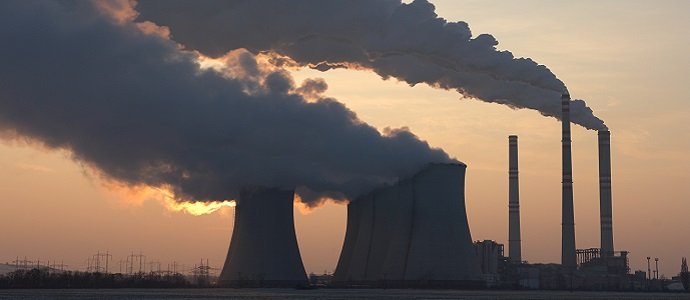
Coal is being squeezed out by an increased tightening of environmental laws which might give a future outlook for other fossil fuel markets globally. Unprecedented changes and events are changing the world biggest energy markets and this scenario is poised to have significant effects on the future of the coal industry. Several reports such as: A New Balance of Power, A Short Gas Bridge to Renewables, and Global Thermal Coal: When Cyclical Supply Met Structural Demand all gives a similar scenario.
Scenario one:
Levels of emission and increased costs will bring closure of many coal-fired generations of energy estimated at more than 60 gigawatts in the near future particularly in the developed nations like the United States. Against all expectations, it’s seen that gas will have a minimal effect in the “energy transformation,” as it will be subdued largely due to the decreasing costs of renewables.
Scenario two:
The increased environmental concerns and policies will greatly hinder the possibility of initializing of new coal plants all over the world even in those nations that have dominated the global coal market in terms of consumption and importation.
As stated by Citigroup, the evolution in electricity markets is highly dependent on both the regulatory and technology changes. Other reports indicate major implications for areas rich in coal deposits with minimal infrastructural developments like rail lines and port thus the need of huge economic developments which might in future make no economic sense. In this breath, investors and financiers are coming to terms with these aspects resulting in delays in establishment of new coal projects.
One of the world’s biggest proposed coal mines known as Carmichael mine in central Queensland’s Galilee Basin faces such a scenario. It’s seen that in the event that global financiers decline to fund this project, the failure to actualize the Carmichael mine might be a defining moment in coal history. This would mark the point when the world turned its back on coal.
As climate change momentum takes effect all over the world, the big issue is not missing cyclical opportunity but whether the firm pushing for this coal plant is headed towards a dangerous quest that could end in ruin. Coal fired power stations and coal mines will be hit hard due to the recent Paris Agreement on climate change which is a legally binding document that commits to a low carbon future thus limiting the economics of coal.
An analysis done by Citi Group analysts points out that coal demand is in structural decline as a result of an increase environmental restrictions and due to decreased costs of alternative energy sources. It further states that the initial effect on structural decline of coal was as a result of shale gas revolution. Further, the rapid decrease in costs in wind and solar energy and the wide of unconventional gas production techniques will further make coal’s long-time cost advantage unattractive as compared to alternative electricity sources.
In a past event in 2013, West Australian Premier, COLIN Barnett told The Australian & Deutsche Bank Business Leaders Forum in Perth that the change in the coal price was beyond cyclical rather it was a structural change. He further stated that while coal remains widely used all over the world as a fuel for power generation and other purposes, the world was making policy decisions which would eventually lead to a gradual decline in coal use. It’s a long-term structural change and that should not be dismissed as something that is purely cyclical.
Coal Companies loosing interest in Coal
Tim Buckley, director of energy finance studies at the Institute for Energy Economics and Financial Analysis states that multinational coal companies are rapidly losing appetite particularly in Australian mines and that the coal industry is definitely in “structural” decline. These companies include Adani, Peabody, BHP and Rio were eager to offload Australian coal assets. He further states that financial markets were saturated with coal mine sellers but no buyers. The absolute collapse of every listed coal company in the world, points out to the fact that these companies don’t have any money to invest. Pointing out that bankruptcy was evident. An example given was Peabody’s 98% loss of its share value making it quite a huge decline.
The International Energy Agency released its medium term coal market report with projections out to 2020 showing slashed demand growth forecasts. China is expected to drastically limit its demand by 2020 as the IEA forecasts a huge uptick in demand from India to take up much of the slack. Most coal miners face a difficult financial times ahead. Take for example Adani which has received a warning by Moody’s that the company may downgrade the debt on its Abbot Point terminal, which requires a massive upgrade to cope with projected output from the proposed new Carmichael mine.
Its expansion requires a new channel to be made to allow larger ships through the Great Barrier Reef marine park, attracting opposition from environmentalists and community groups. It’s on the lowest investment grade and any subsequent downgrade would rate Adani’s Abbot Point debt as junk. , Moody’s point out that the continued decrease in global coal prices and fears some of the coal loader’s supply contracts could be terminated or not renewed makes the terminal owner to no longer have sufficient financial muscle under its existing capital structure to manage these escalating risks.












